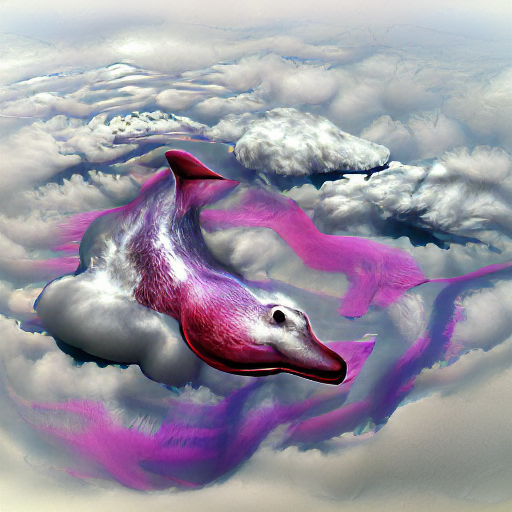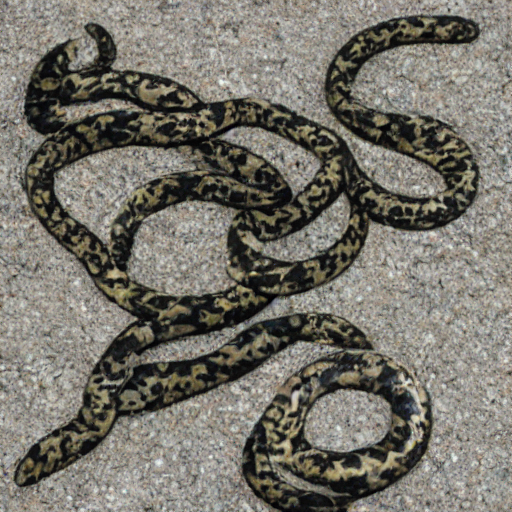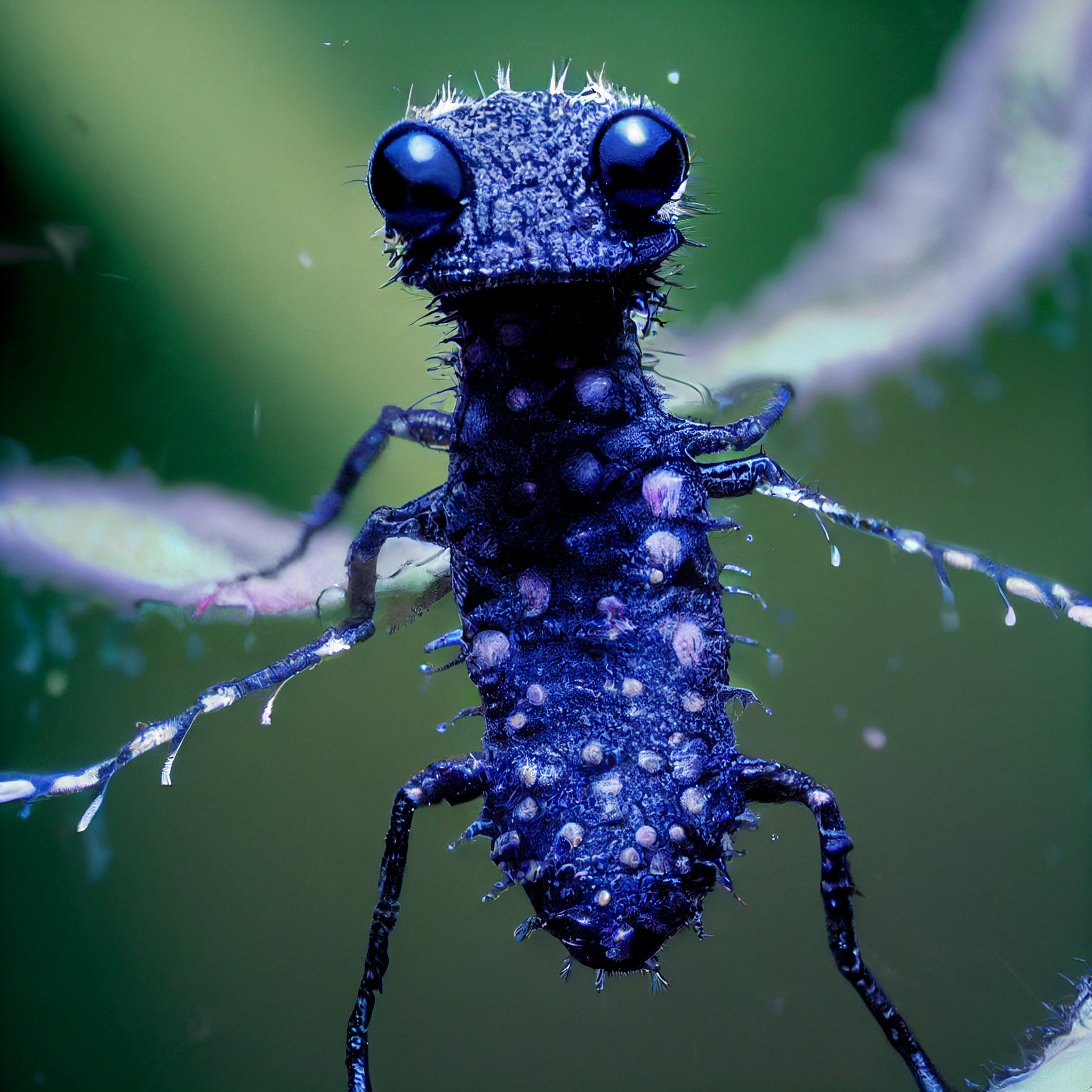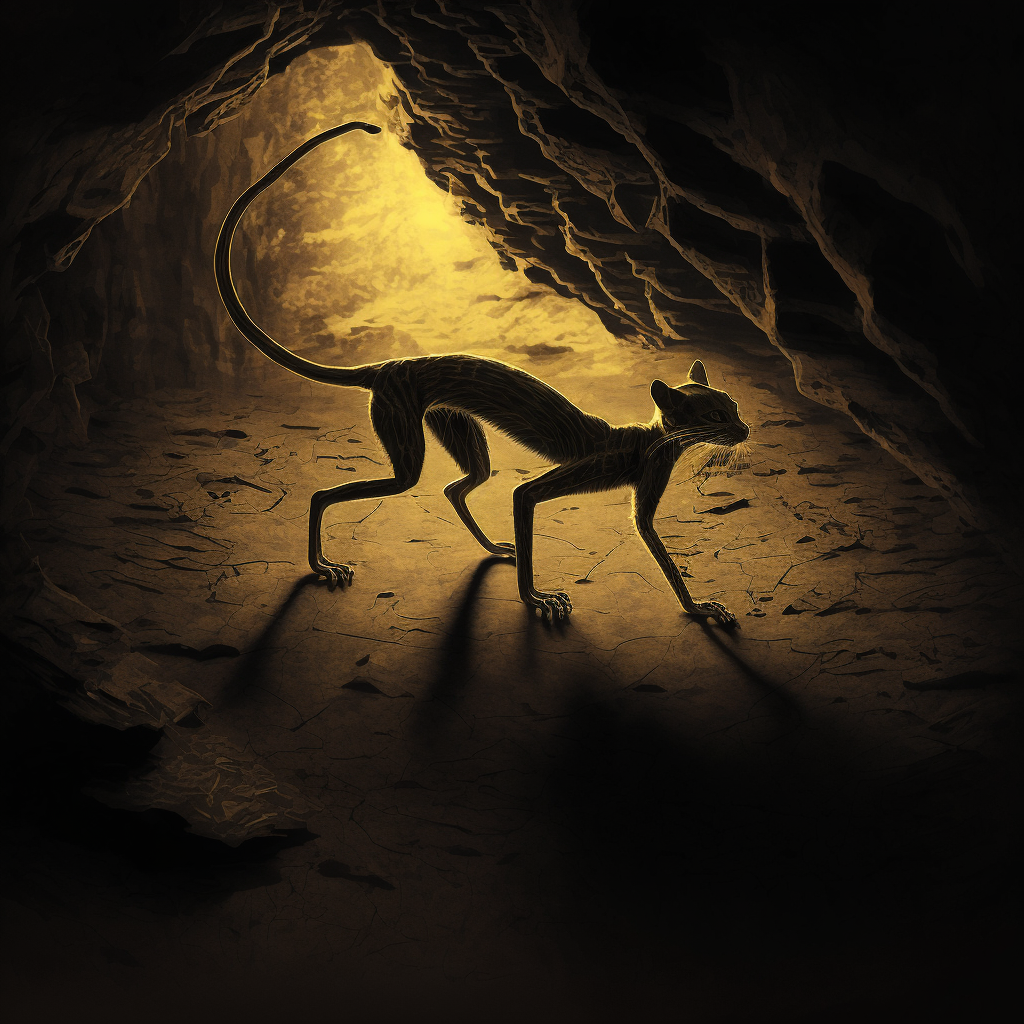

Gnawls are a small, nocturnal, mountain-dwelling species that are known for their ability to carve caves into mountains and their distinctive multi-layered teeth. They are also known for their ability to communicate with each other through a series of low-pitched moans and growls. Their diet consists of insects, small rodents, and small birds.
Explore an endless universe of ficticious life on NovelGens.





